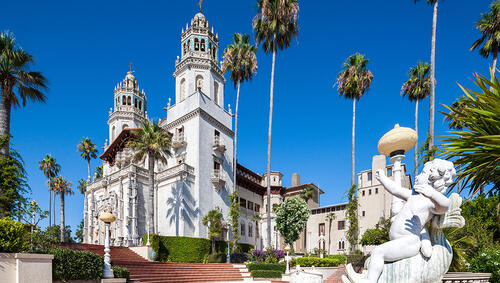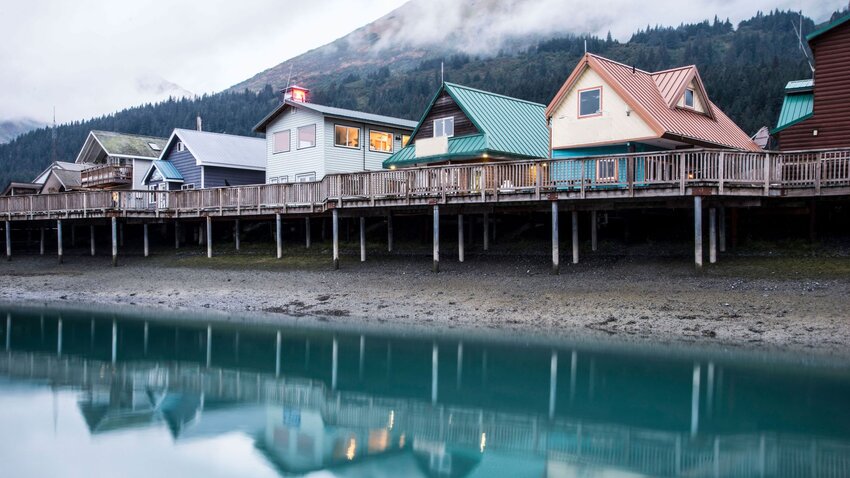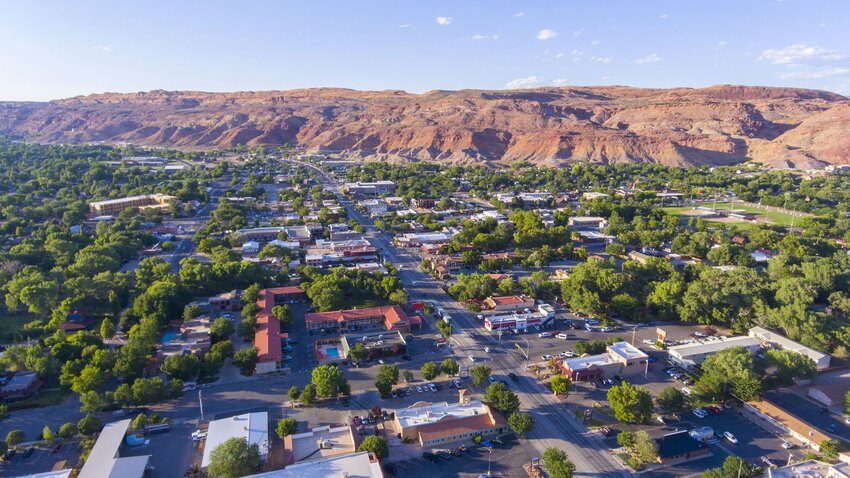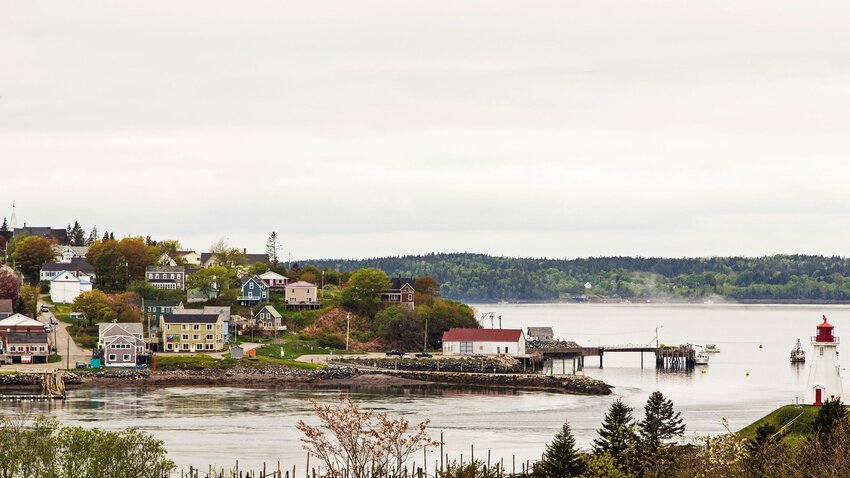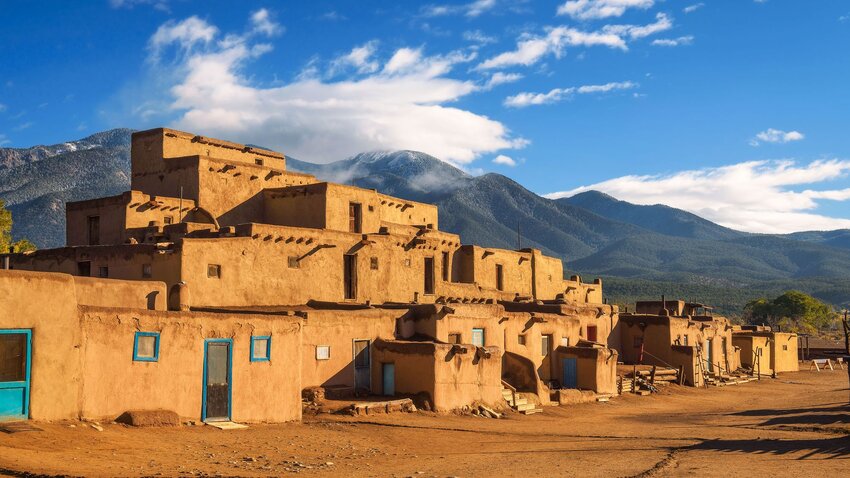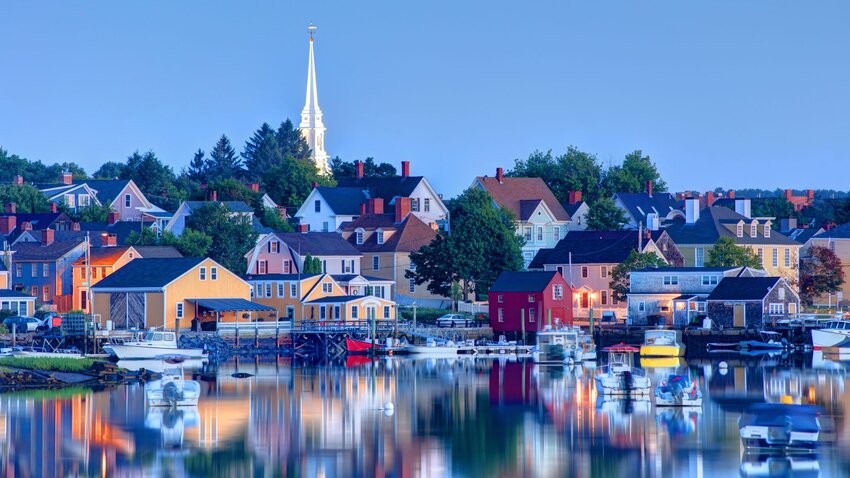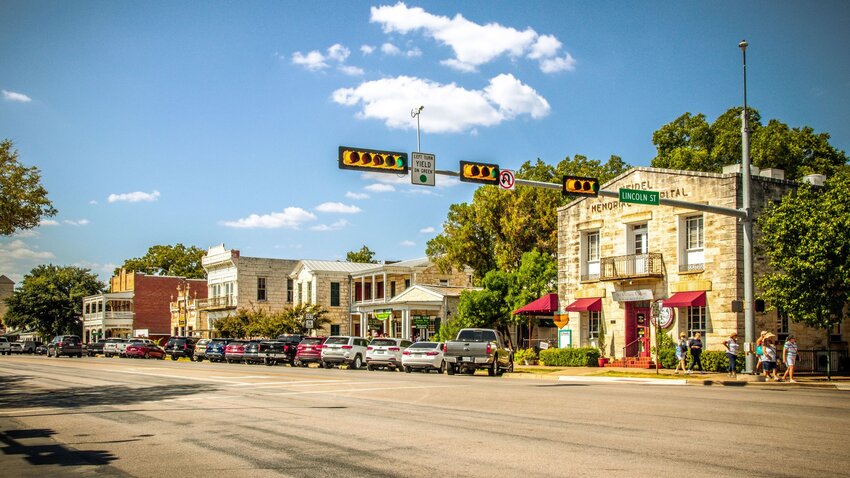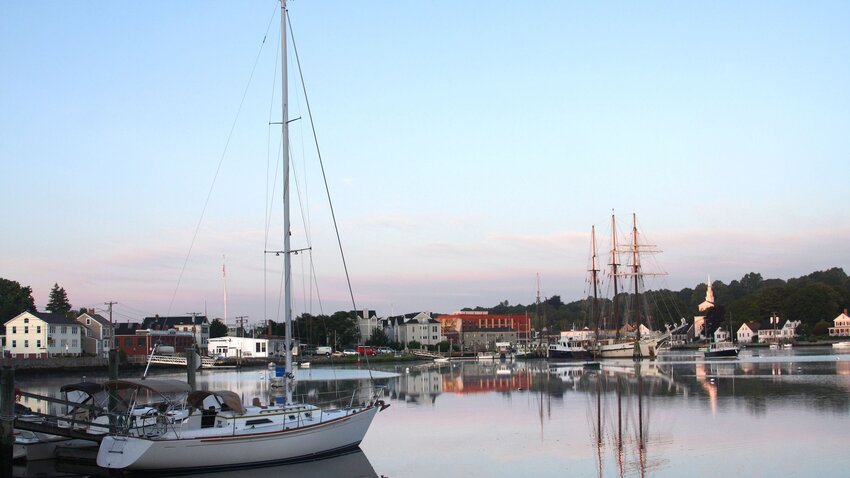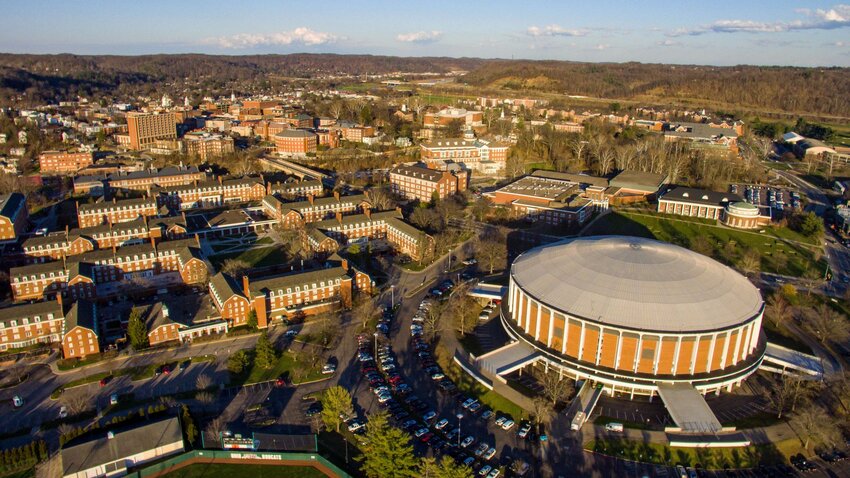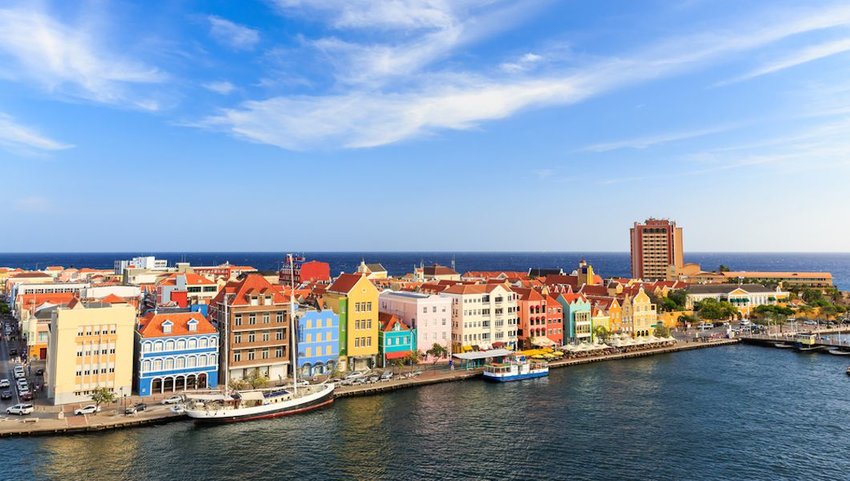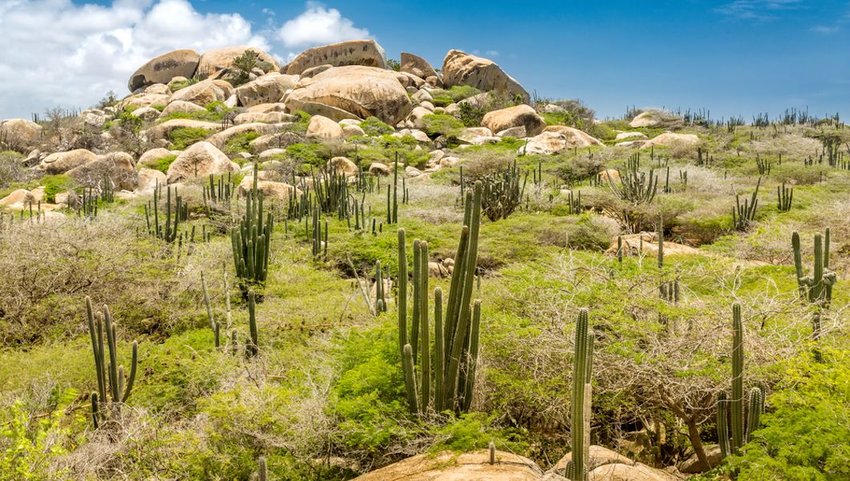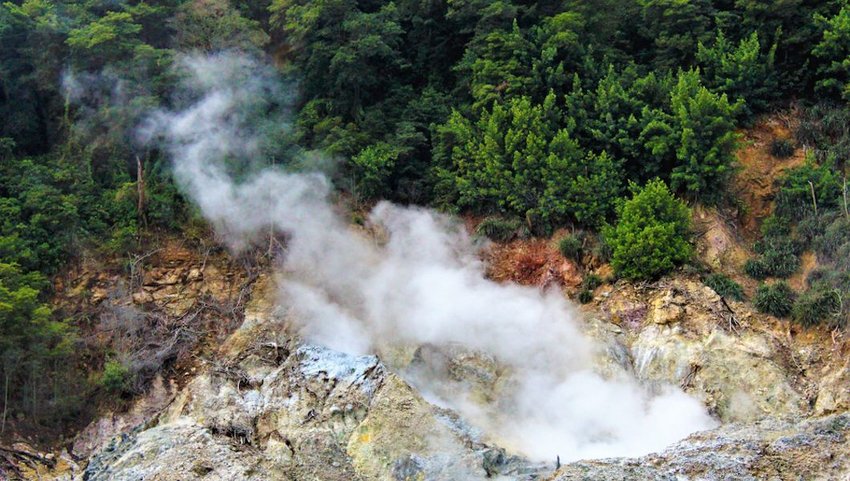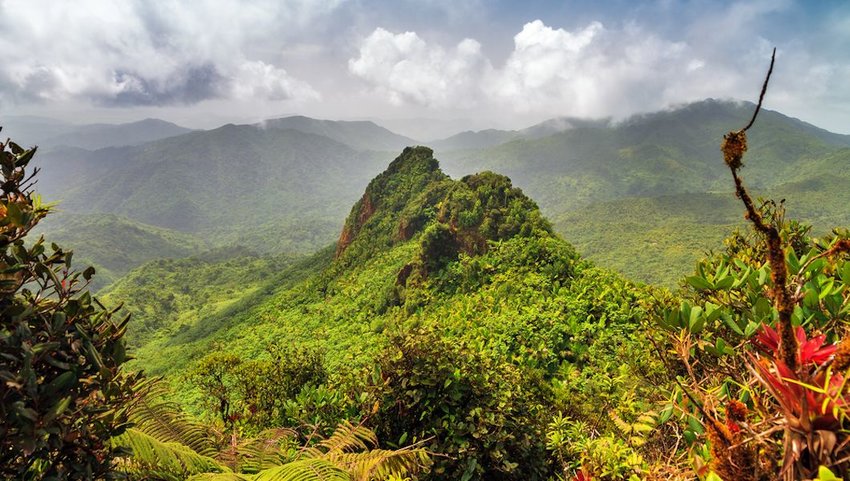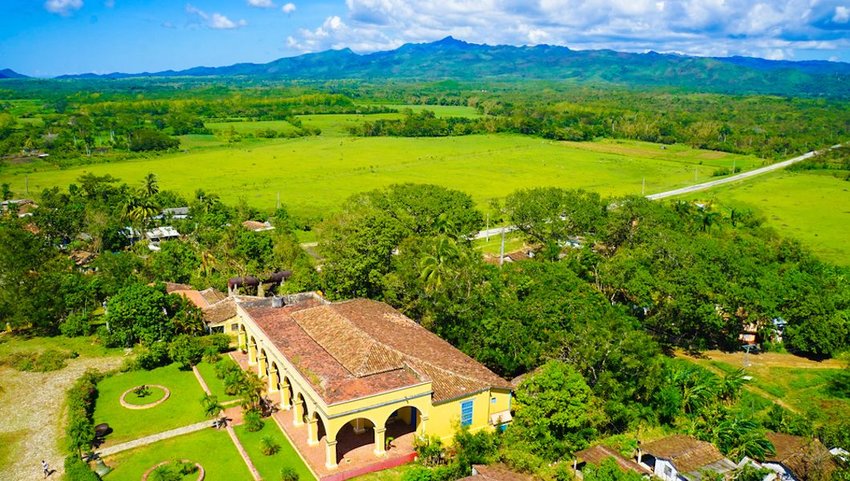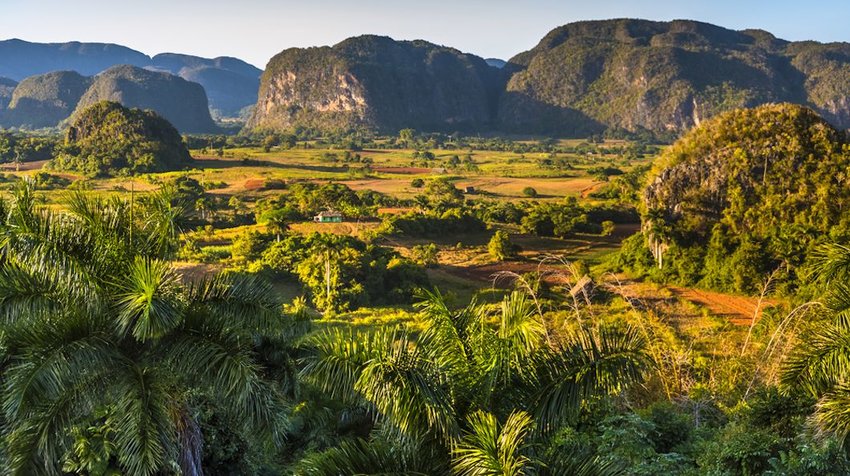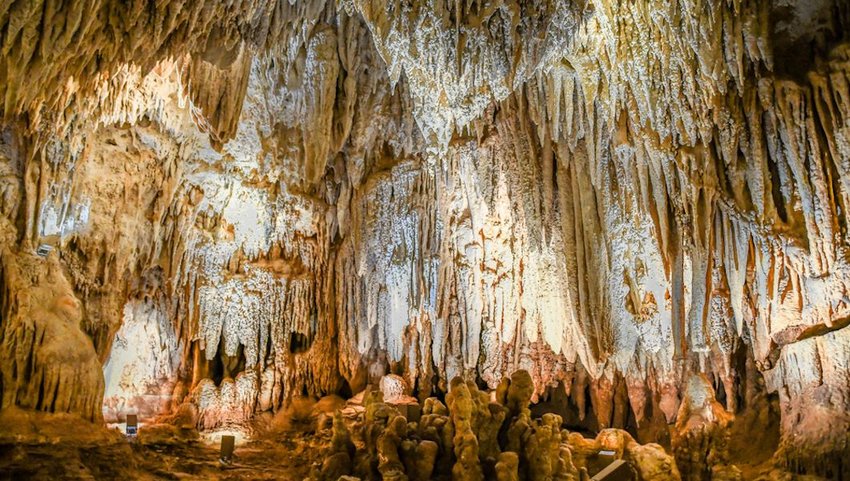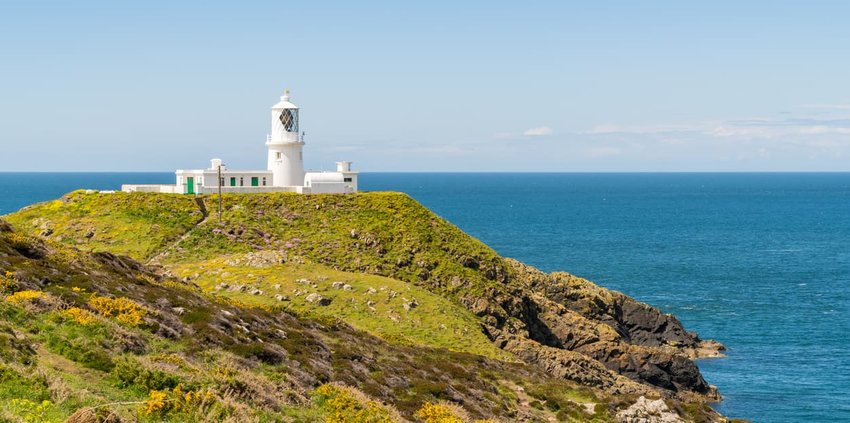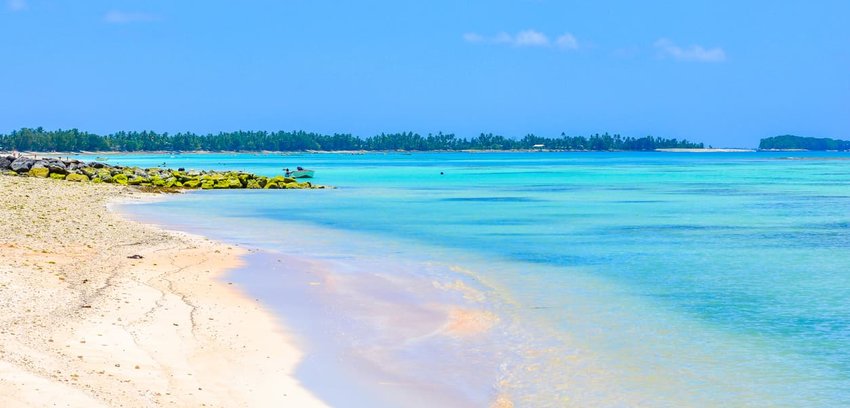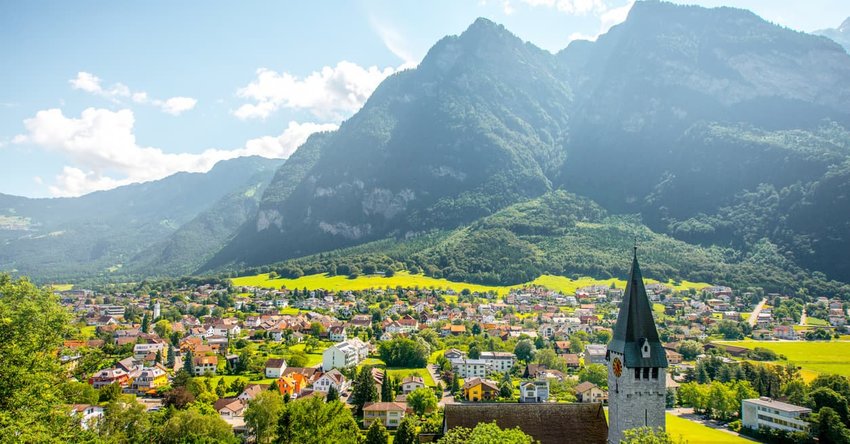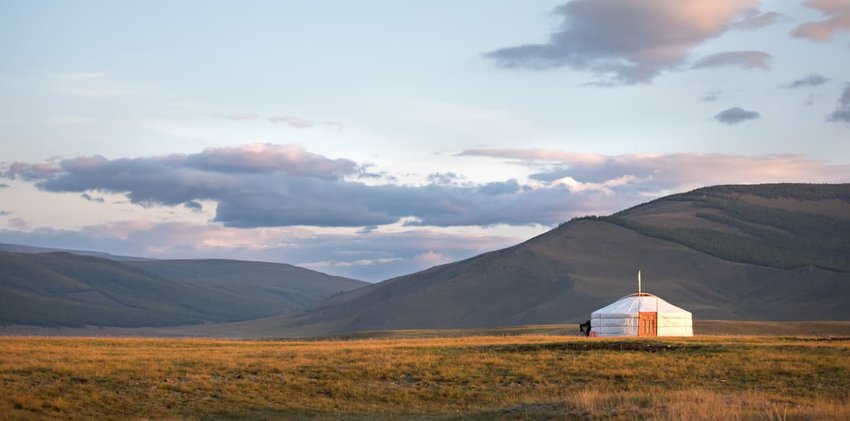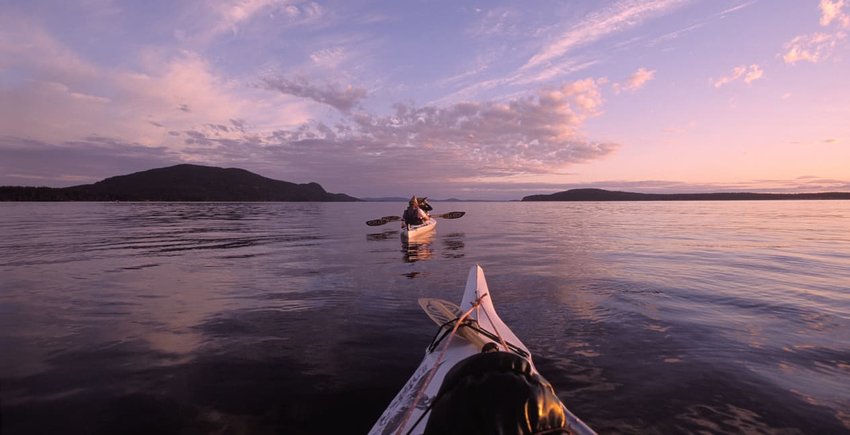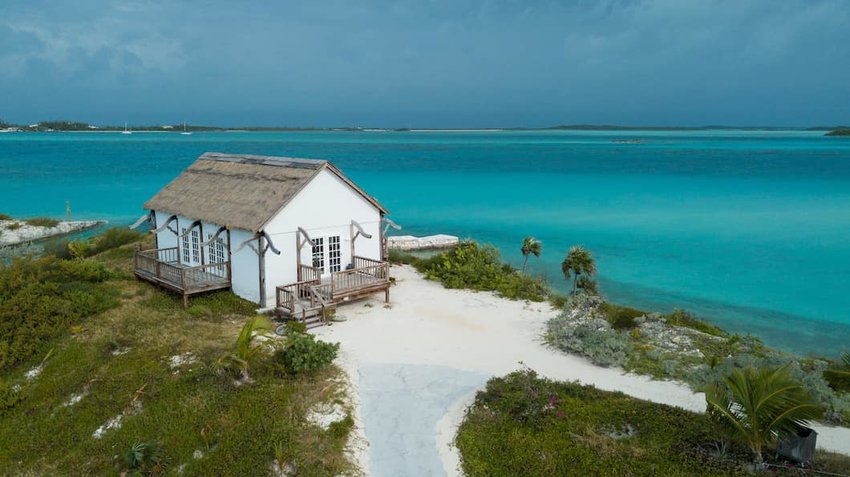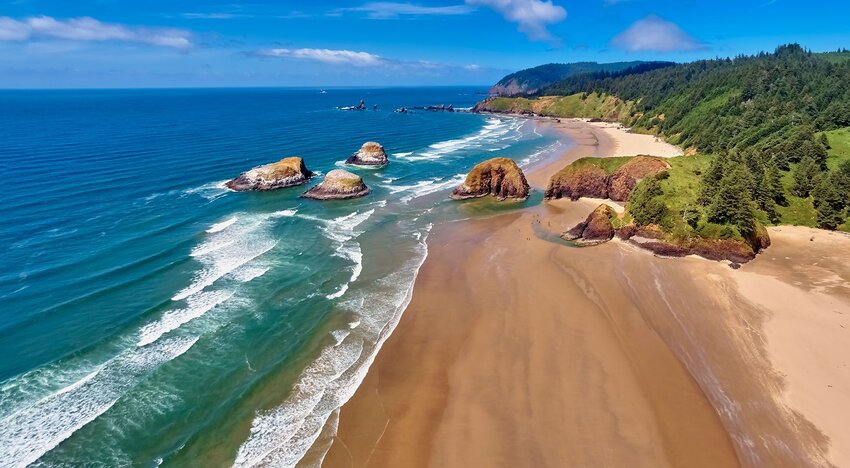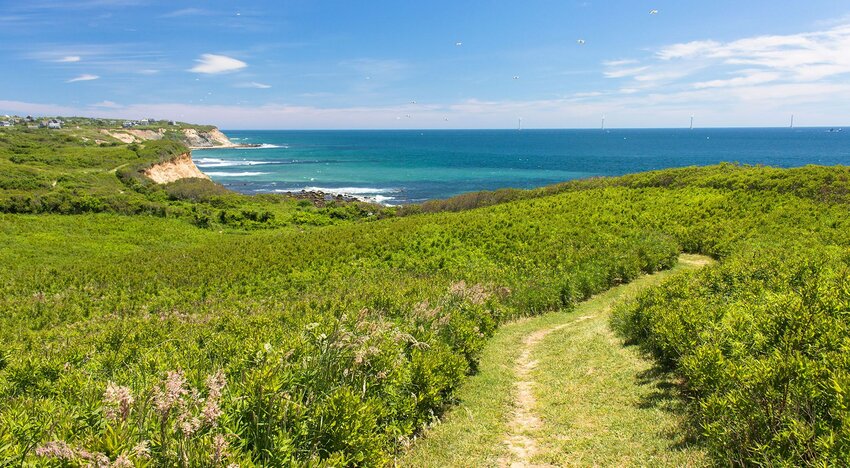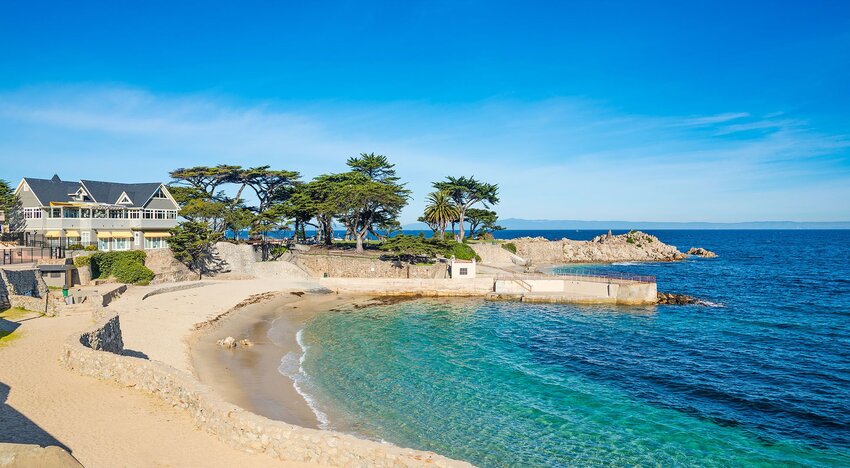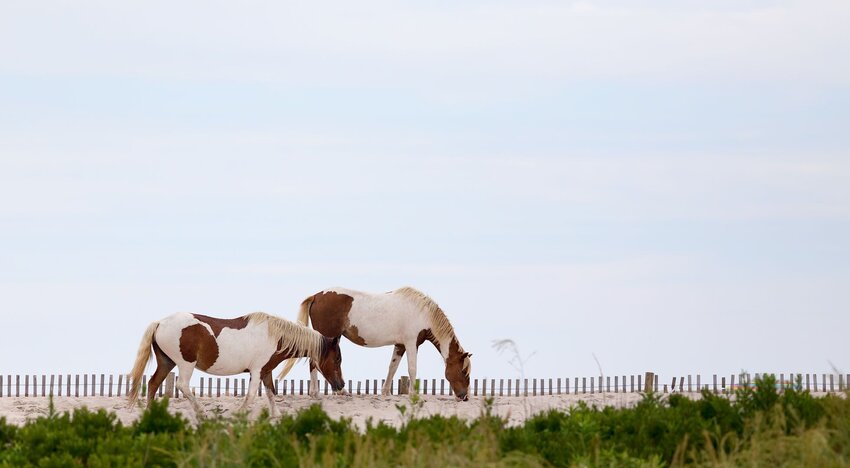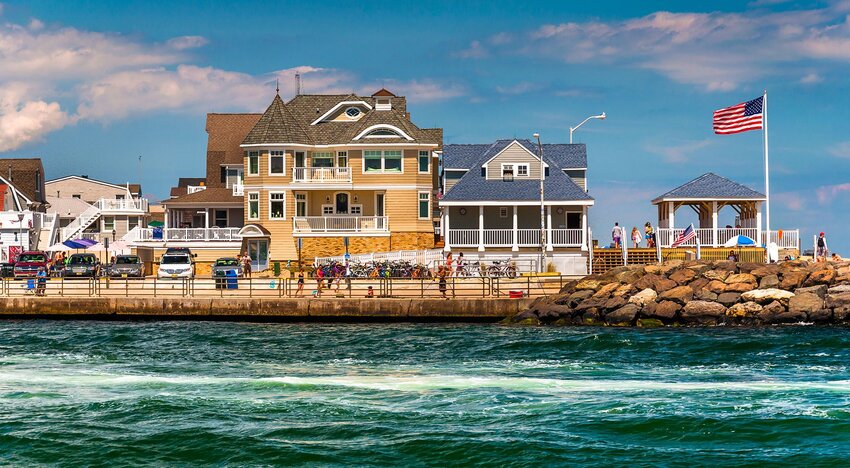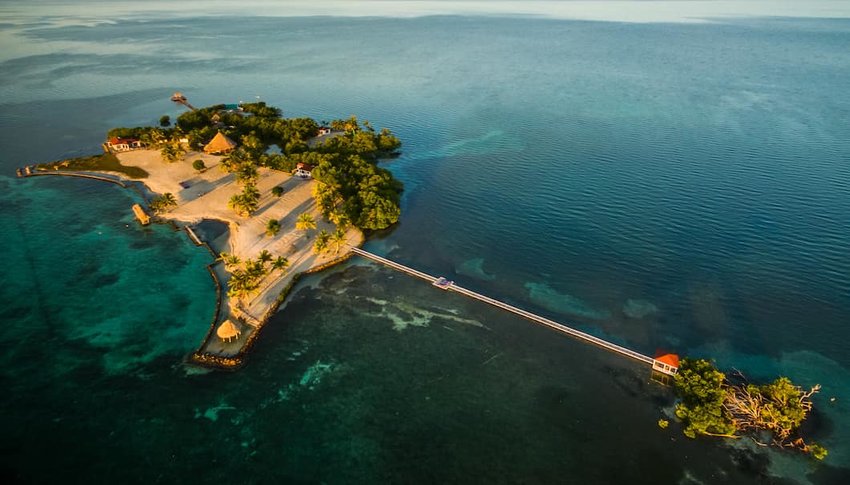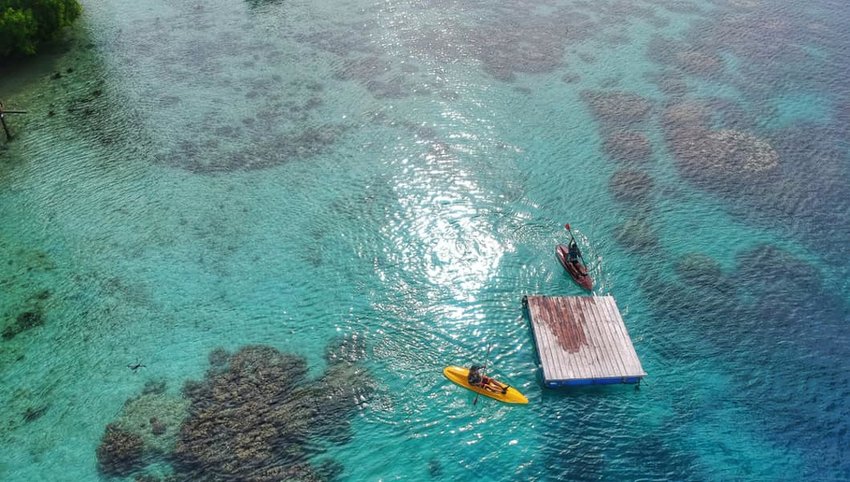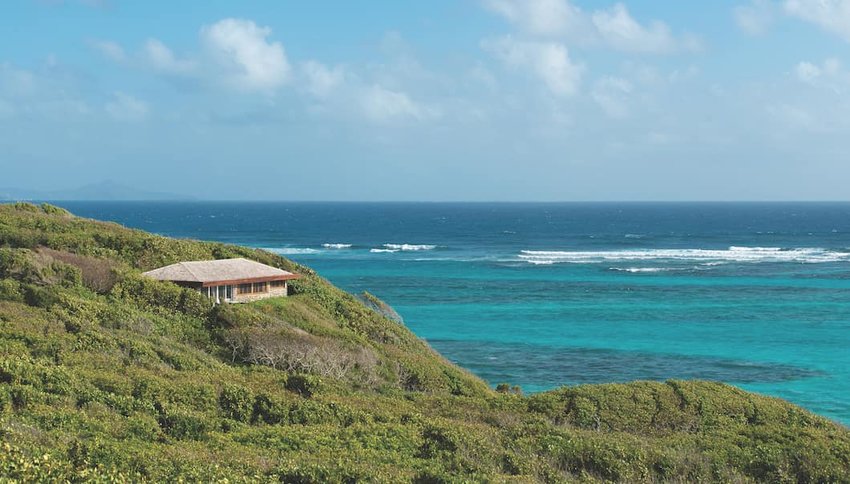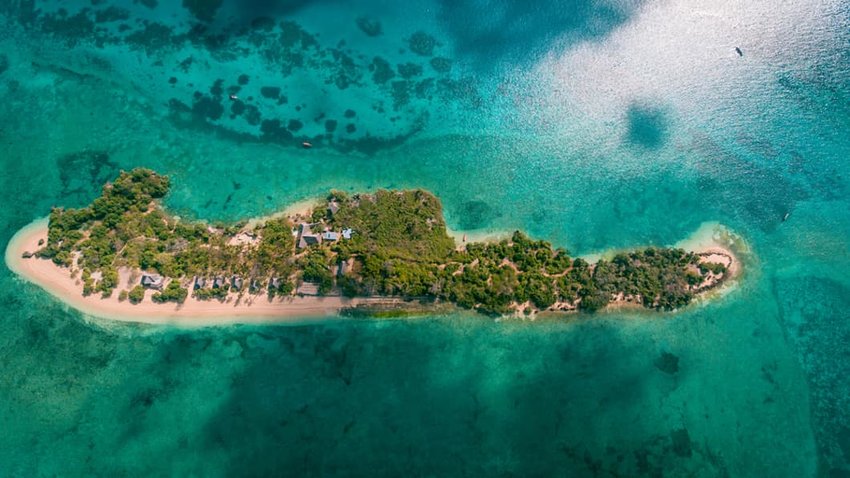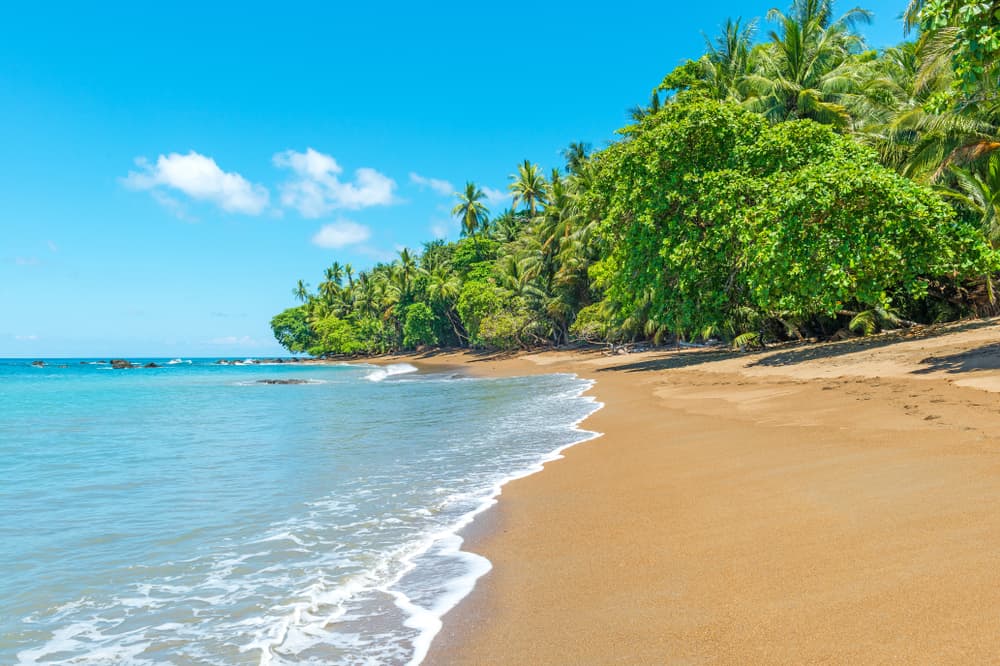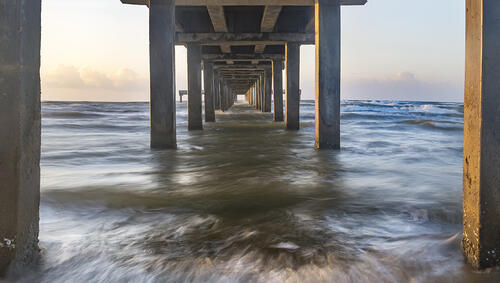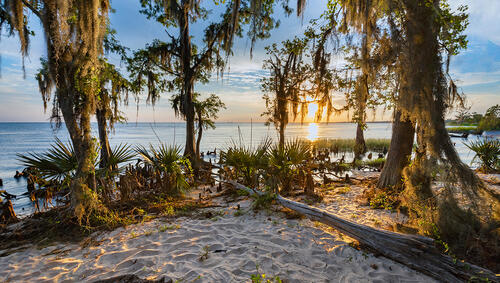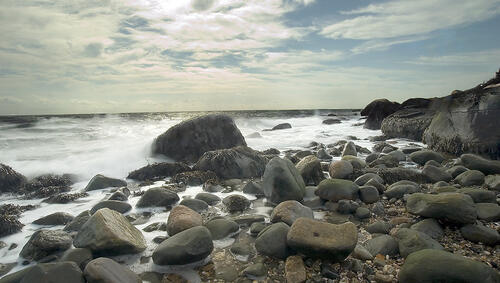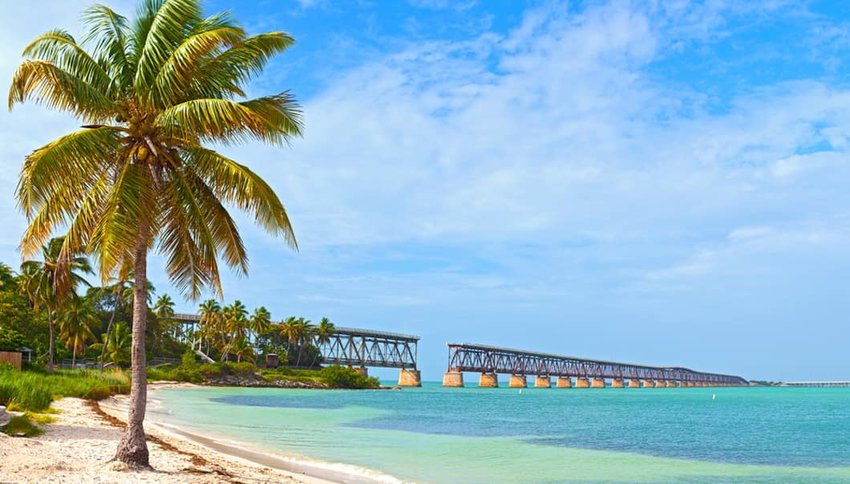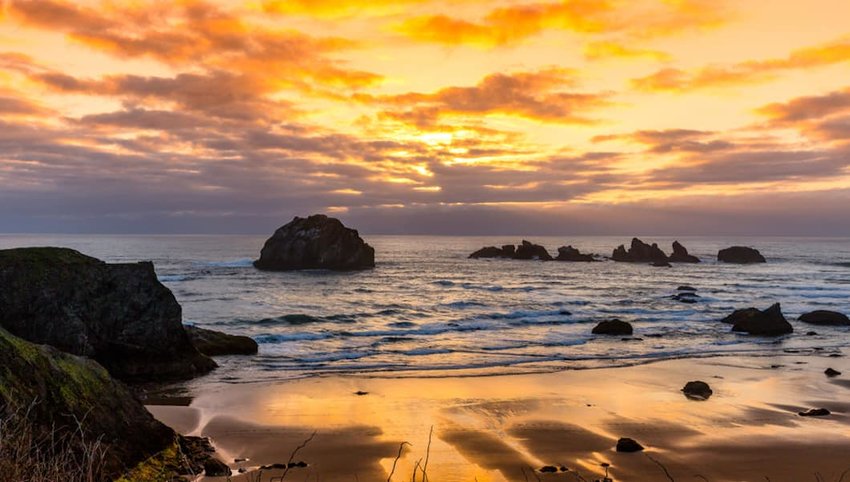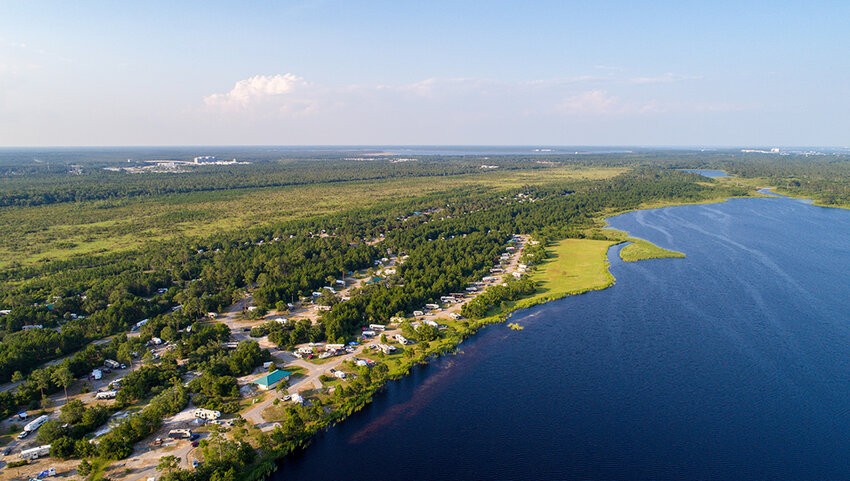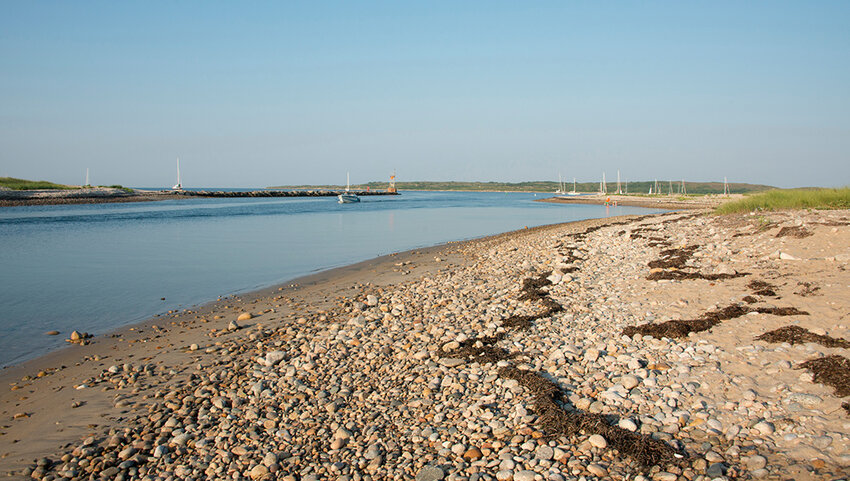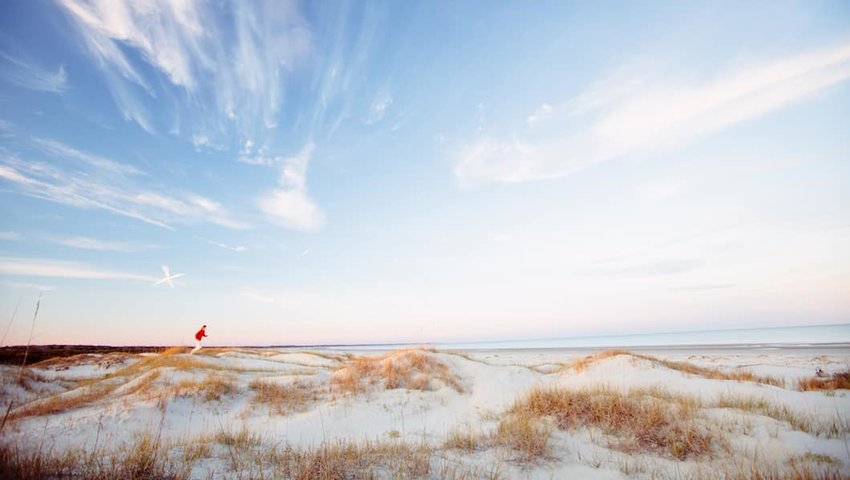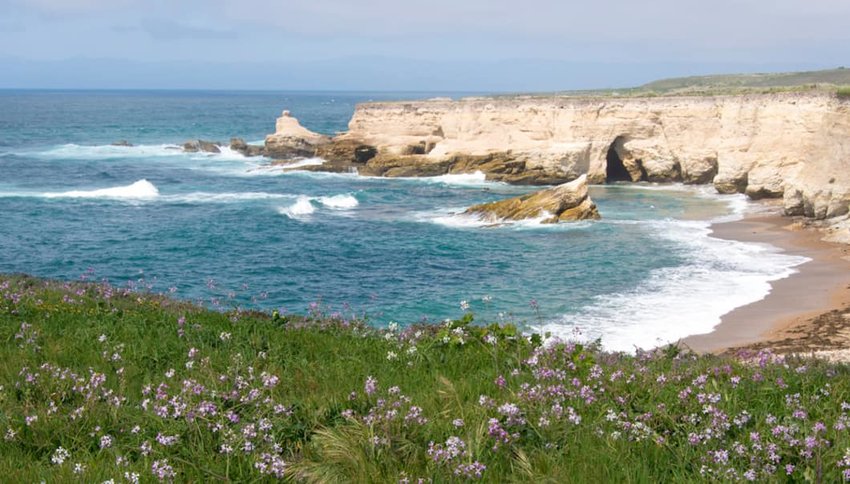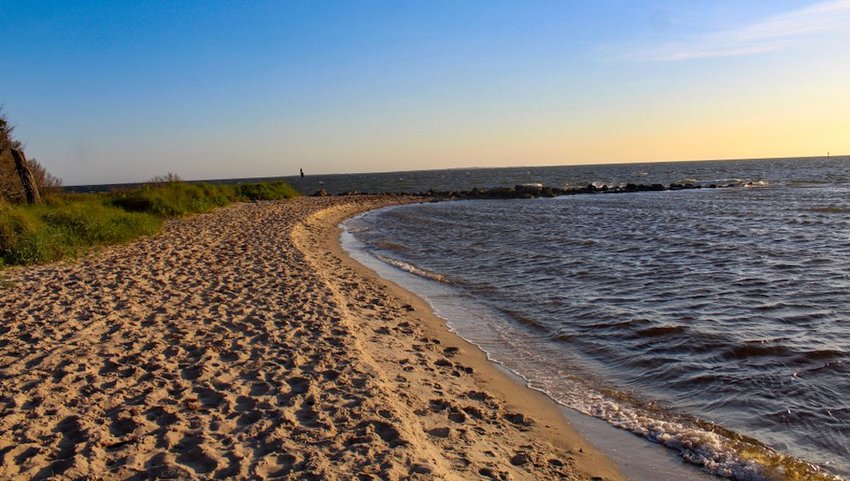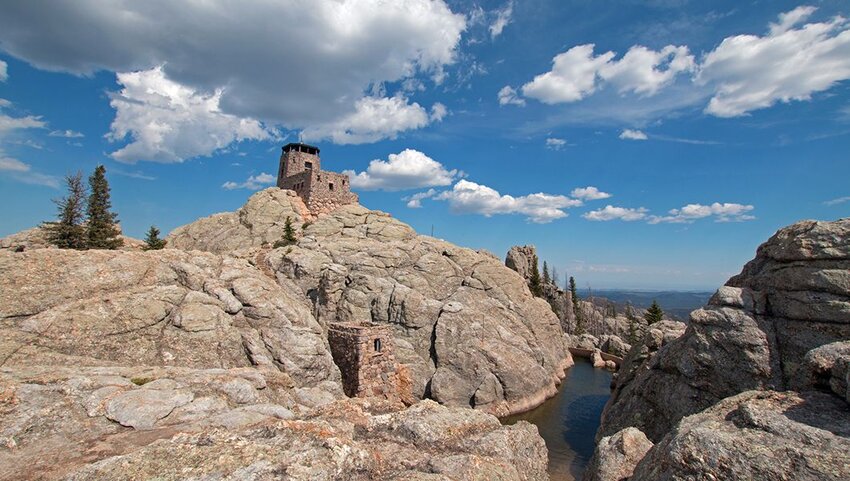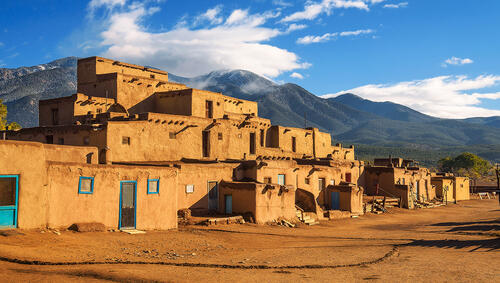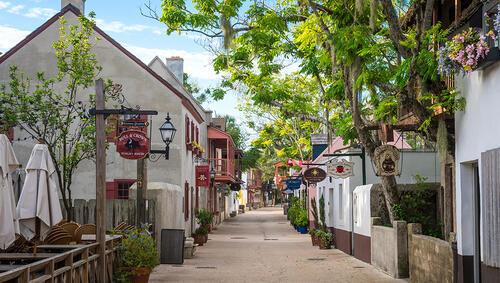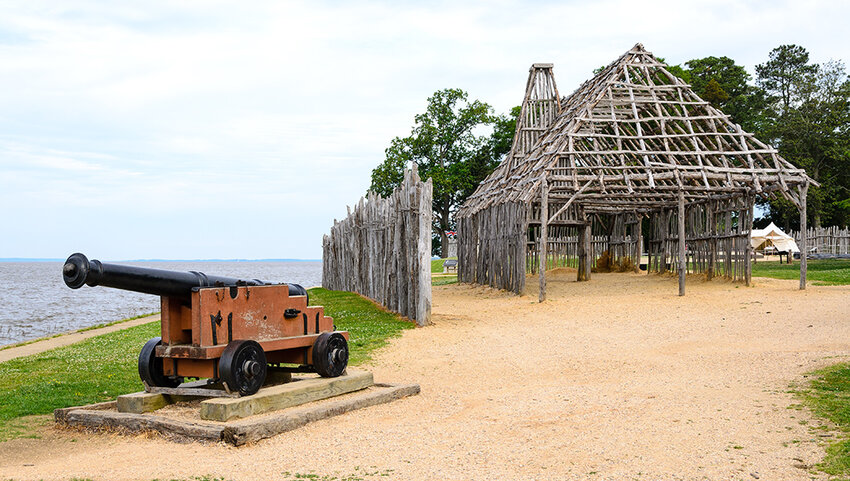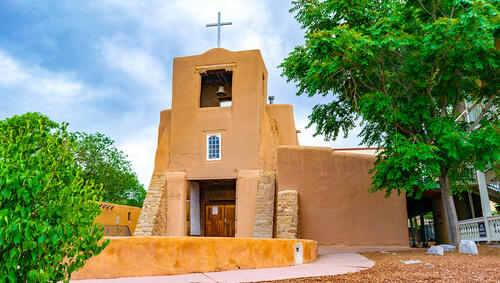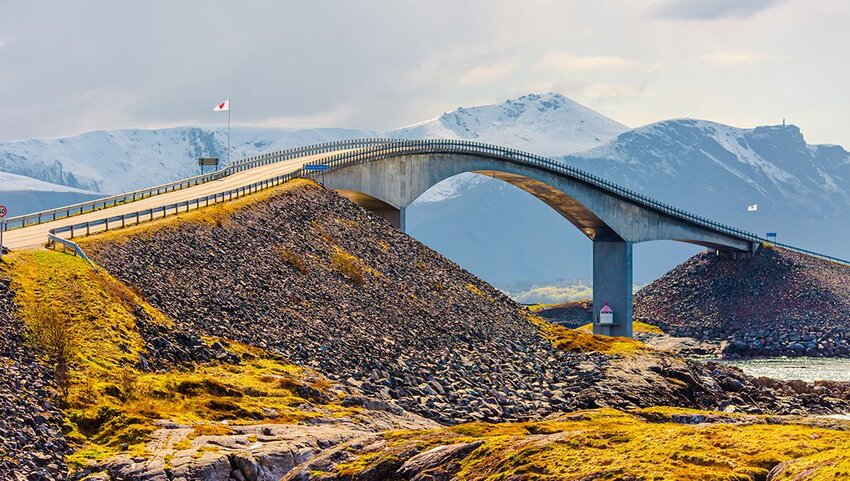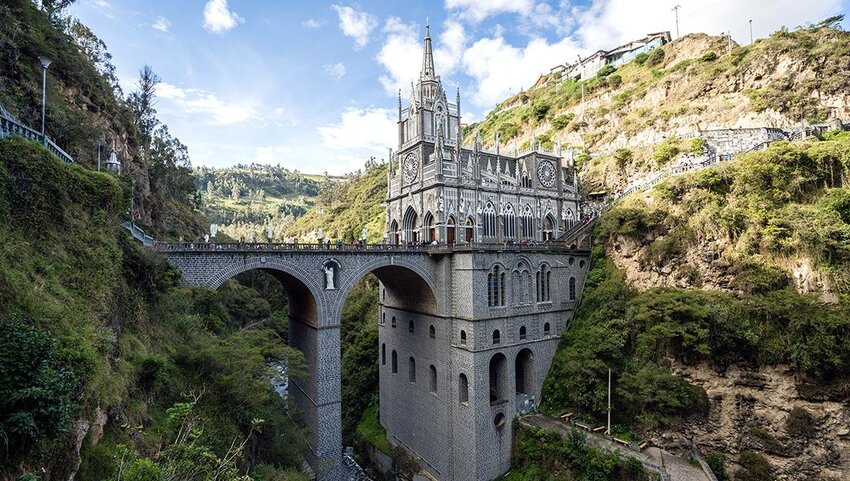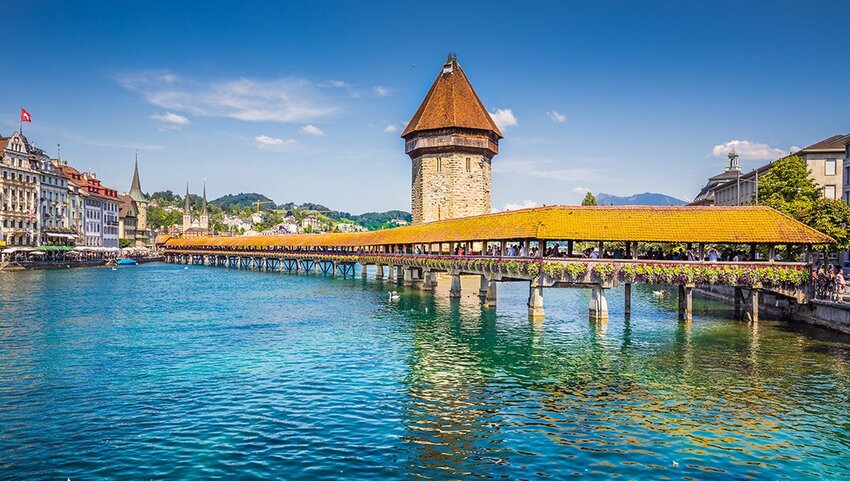There’s something undeniably magical about a pristine, snowy landscape. Smoke rising from chimneys, the Northern Lights dancing above you, hot cocoa warming your hands while snowflakes fall outside your window. From soaking in hot springs to ice skating under mesmerizing mountain peaks, we’ve gathered the best places to see an untouched winter wonderland worldwide. Bundle up, grab a warm beverage, and come to these snowy destinations.
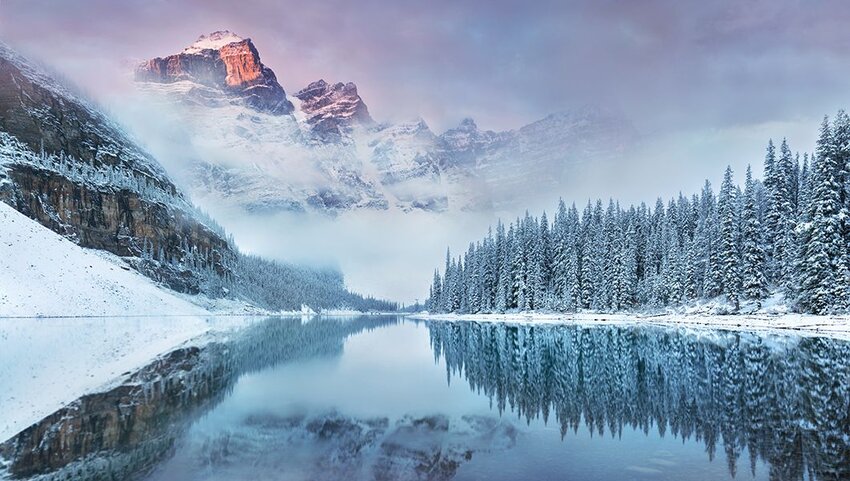
Lapland, Finland

The far northern reaches of Finland, known collectively as Lapland, are a remote winter landscape utterly untouched. The scattered residents who call this region home carve out snowmobile trails as the polar night engulfs them for two solid months of darkness.
This might be one of the best places in the world to cross the northern lights off your bucket list. Polar nights allow a longer time to witness them while crisp winter air makes for perfect viewing conditions. As a bonus, you can pay Santa Claus himself a visit in the village of Rovaniemi, and pet some of his reindeer.
When the cold starts to seep into your bones, hole up in a traditional Finnish sauna. The tradition of hitting fellow sauna goers with Birch branches is said to increase circulation, helping you thaw from the extreme cold that can reach -40 degrees.
Yellowstone National Park, Wyoming, USA
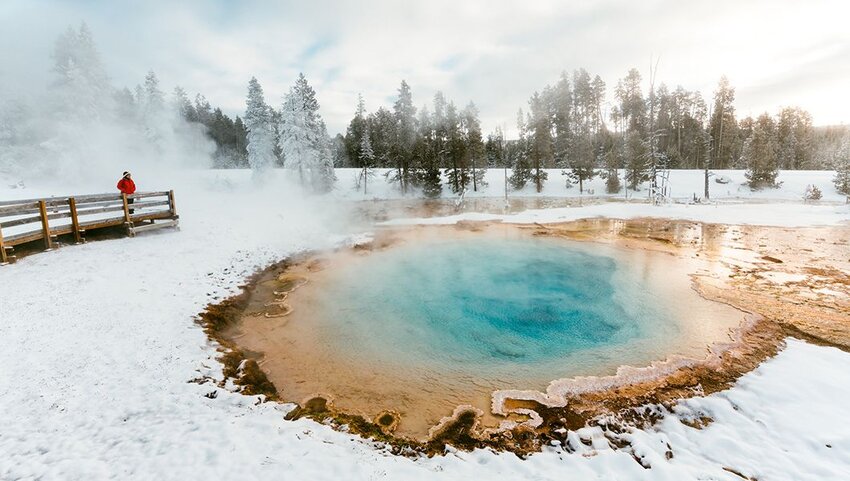
Winter is an ideal time for visiting Yellowstone National Park as crowds thin, geysers soar, and wildlife spotting becomes more likely. The contrast of bubbling hot springs and volcanic activity juxtaposed with the icy landscape creates an otherworldly effect that has to be seen to be believed.
There is no shortage of winter activities in America’s first national park including snowmobiling, snowshoeing, and cross-country skiing. If you’re feeling up for a splurge, organize a snow coach for a frozen safari through the desolate landscape. These methods of transportation are some of your only options after the first week of November. Roads don’t open again until the end of April so be sure to plan around travel restrictions. At the end of your trip, head to Mammoth Hot Springs at the northern edge of Yellowstone to thaw out from your icy adventures.
Banff, Canada

Maybe one of the most picturesque places on our list, Banff is a stunning winter destination located in the heart of the Canadian Rockies. Visitors can enjoy ice skating with beautiful views of Lake Louise or a ride in the Banff gondola for sweeping panoramas of the wintery scenes below. If you’re lucky, Banff is another destination on this list where it’s possible to see the northern lights dance across the mountains. When conditions are right the best place to view them is at Lake Minnewanka, located about 10 minutes outside the city, with open sky views.
Chamonix, France

In the shadow of Mont Blanc, Chamonix is one of the premier destinations in Europe for winter sports. From extreme alpine skiing to dog sledding, there’s something for everyone in this frozen mecca.
If you’re feeling adventurous, take the Aiguille du Midi, to see the top of Mont Blanc. Here you can “Step Into the Void” by literally stepping out over a 1,000-foot drop covered by a glass atrium. Chamonix is also home to the largest glacier in France, Mer de Glace. The most scenic way to get there is aboard the Train du Montenvers with sweeping views of the Alps. After you’ve arrived, step inside the glacier itself in the Ice Cave or learn about global warming’s effect on the ice at the Glacorium. Afterward Indulge in the local alpine cuisine raclette, melted cheese traditionally scraped over vegetables and meat, after a long day on the slopes.
Shirakawago, Japan
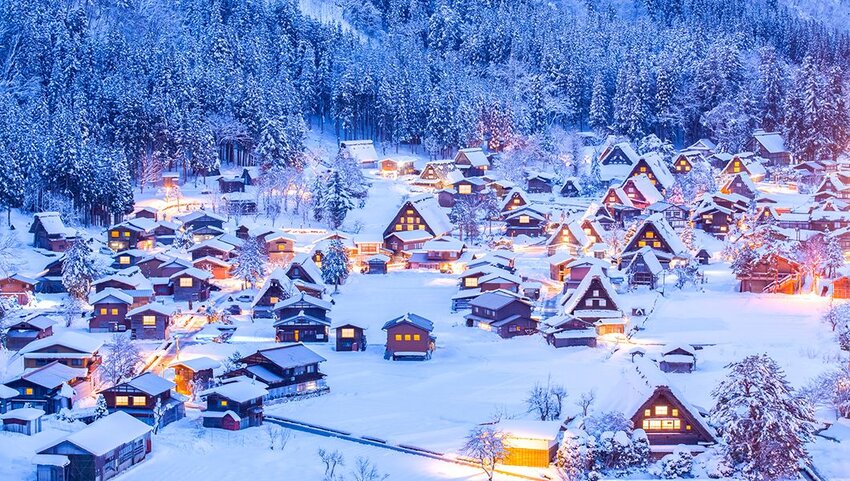
Japan is home to several cities with the highest snowfall records in the world. The island country’s unique geography causes ocean air to become trapped against the Japanese Alps resulting in huge snowfalls. Shirakawago sees 33 feet of snowfall on average in the winter months from December to March, making it one of Japan’s must-see winter wonderlands.
Shirakawago’s combination of extreme snowfall and unique cultural attributes caught the attention of UNESCO who designated it a World Heritage site. The idyllic Gassho-style houses that are nestled in the village of Ogimachi are built to withstand the extreme snowfall, giving them their unique look and architecture that allows snow to slide off the roof. Every year for six consecutive Sundays in January and February the village does an illumination ceremony, lighting up the iconic homes.



Allyn Maycumber Broker/Associate ERA Grizzard Mount Dora Florida 32757 407-467-3862

 Facebook
Facebook
 X
X
 Pinterest
Pinterest
 Copy Link
Copy Link

